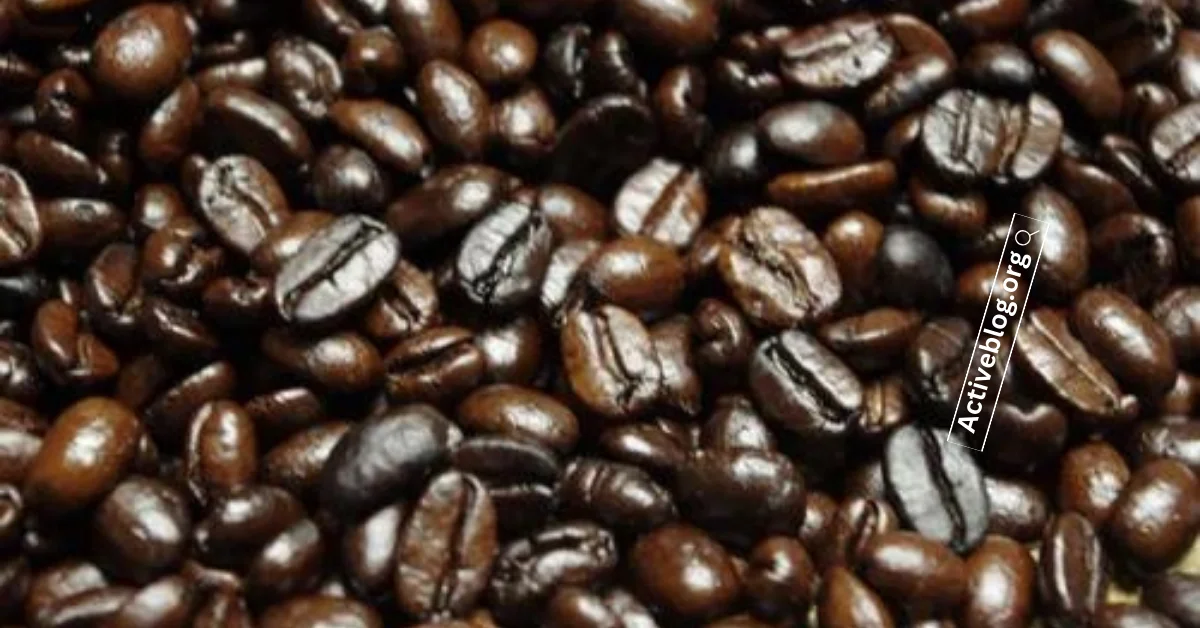Coffee has become the most-loved beverage throughout the world. The reason for its fondness is the amount of caffeine it contains. In this busy world, everyone wants something powerful to kick start their hectic day, right? Caffeine is known to improve your mood, energy levels, and several other critical aspects of brain function. This is how coffee boosts our normal body function. It is utilized by corporate employees a lot these days. The way coffee tastes is a result of the roasting process. When drinking coffee, you should know the journey coffee takes from seed to Personalized Coffee Mugs. In this guideline, we will discuss how coffee beans become drinkable right from the start and all the way long to the first sip of the morning coffee.
The Coffee Plant
The whole journey begins when a tiny seed is planted in a place where the sun directly hits the seed and gives it enough nutrients. You might be surprised to know that the color of the coffee beans is green in the beginning.
Coffee doesn’t come directly from the plant but from the coffee cherry fruit. The seeds of this fruit are also called coffee beans. There is a diverse range of regions where coffee is being grown at a pace rate worldwide. Sun is very important for the growth of healthy plants. Coffee seeds grow in areas near the equator as the sunlight.
Harvesting the Cherries
Now comes the harvesting of the cherries. A coffee tree usually takes over 3 to 4 years to bear fruit, called coffee cherry. At the time of ripening, coffee cherries usually look bright red in color. However, it is a labor-intensive process to hand-pick the ripened cherries.
In some countries, coffee cherries are typically picked mechanically only if the landscape is flat. The total harvesting time of the coffee is of significant importance for small farmers. On average, there is one harvest each year. But, in different countries, including Columbia, it can be two.
Processing the Coffee Beans
When the coffee cherries are picked, it is time to start the processing straight away. Immediate processing prevents fruit spoilage. Usually, two methods are used to process coffee cherries.
- The wet method – In this process, the pulp is removed from the cherry to dry out the skin. Beans are separated depending on the size. Now, beans are transferred to fermentation tanks, where they are kept for about 12 to 48 hours. After the successful fermentation, beans are rinsed and ultimately dried for storage. The dried coffee beans are called parchment coffee.
- The dry method – The dry process for the coffee beans is also known as natural process or natural sundried. Coffee beans are dried without the use of any machine of water to remove the leftover fruit. This natural sundried process lasts for no more than a few weeks until there is only 11% moisture content left.
Milling the Beans
Milling is the most critical post-harvest step for the production of coffee. In milling, coffee beans go through various steps like,
- Hulling – Parchment or hull is a paper layer present around the coffee bean. It is usually left over after the pulping, washing, and drying of cherries. Hulling involves the removal of this parchment layer from the beans processed through the wet method.
- Polishing – Sometimes, the silver skin is left on the coffee beans that need to be removed. This is where polishing is used. Unlike their unpolished counterparts, polished beans are considered the superior ones.
- Grading and Sorting – This step of milling is carried out by size and weight. In case there are any imperfections in the beans, like spoiled or unhulled beans, Beans to Brew they are removed either by machinery or hand.
Exporting the Beans
At this stage, coffee beans still need to be fully roasted. Beans have been dried out, husked, and sorted into multiple varietals depending on the quality. Now, coffee beans are completely ready to export anywhere.
Tasting and Cupping
Once the coffee is exported and shipped, Beans to Brew a small amount of the beans are sent to the copper. The job of the cupper is to properly test out the flavor quality and aroma of the coffee beans. It is the only step where consumers get involved in the process.
Roasting the Beans
Roasting of the coffee beans is usually carried out at a temperature of 550 degrees Fahrenheit. In the whole process of roasting, beans are kept moving constantly to avoid burning issues. After roasting, the green-colored coffee beans are cooled, Beans to Brew and they are ready to go for grinding. The leading purpose of grinding is to provide the beans with as much flavor as possible. More finer ground coffee would be much easier to prepare.
Time to Pack and Brew
Packing plays a considerable role in maintaining the freshness of the newly prepared coffee beans. Once beans have arrived at the shops, it is time to select the beans of your choice and blend them into coffee. Brewing the coffee beans refers to extracting aroma and flavor. It helps mix coffee with water, cream, or milk very easily. You can brew coffee in various ways, including;
- Drip Coffee
- French Press
- Espresso
- Pour Over
- Cold Brew
Conclusion
Hopefully, it is clear now that the journey of coffee beans to brew is very long and quite interesting. Before brewing the next mug of coffee, think about where the little coffee bean production has started. Coffee and work make an amazing blend.










